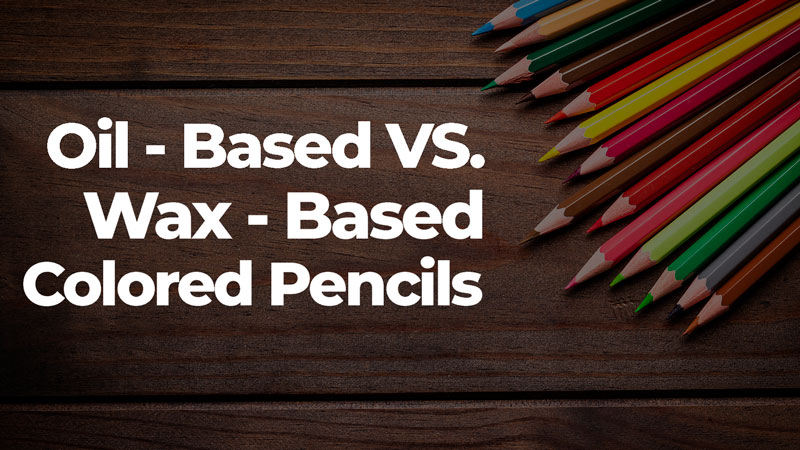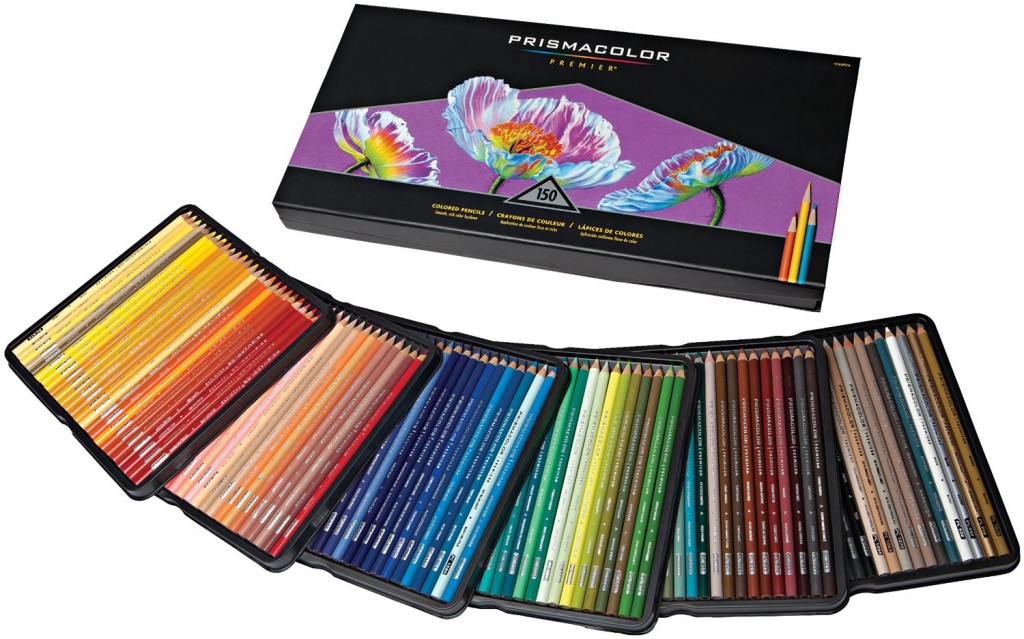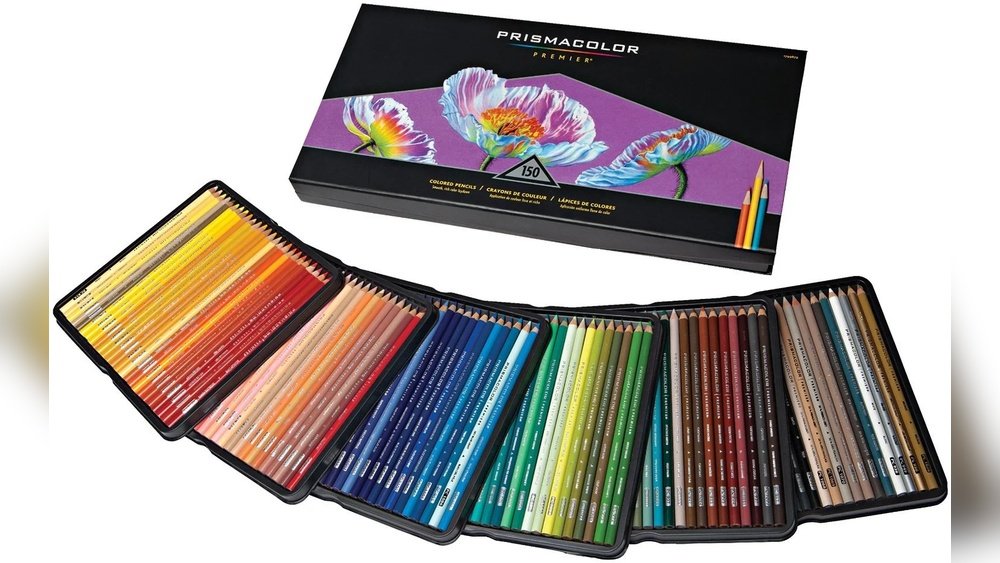When it comes to choosing between wax and oil base products, you might find yourself wondering which one suits your needs better. Whether you’re working on an art project, refinishing furniture, or simply trying to protect a surface, understanding the difference between wax and oil base can make all the difference in your results.
You’ll want to know how each option affects durability, appearance, and ease of use. You’ll discover the key differences, benefits, and drawbacks of wax and oil base, helping you make a confident choice that fits your specific project perfectly. Keep reading to unlock the secrets that can elevate your work from good to great.

Credit: thevirtualinstructor.com
Wax-based Pencil Traits
Wax-based pencils have unique qualities that appeal to many artists. Their softness and smooth application make them a popular choice. These pencils are known for easy blending and rich color payoff. They allow layering that feels creamy and natural. Many beginners find wax-based pencils simple to use and forgiving. Affordability and a wide color range add to their appeal. Understanding these traits helps you decide if wax-based pencils suit your art style.
Soft Texture And Blending
Wax-based pencils have a soft, smooth texture. This softness allows colors to blend easily. You can create gentle transitions between shades. The wax binder helps the pigment glide on paper. This makes it easier to layer colors without harsh lines. Soft texture also means the pencil feels creamy when drawing. Blending with fingers or tools is simple and effective. These traits help produce vibrant and smooth color effects.
Beginner-friendly Qualities
Wax-based pencils are great for beginners. Their softness means less pressure is needed to color. This reduces hand fatigue during long sessions. Mistakes are easier to fix by layering or blending. The pencils are less prone to breaking due to their softer core. Beginners can experiment with shading and blending techniques. These pencils help build confidence quickly. They provide a forgiving experience for new artists.
Color Range And Affordability
Wax-based pencils come in a wide variety of colors. Many brands offer large sets with many shades. This variety allows artists to explore many color combinations. These pencils are often more affordable than oil-based options. The lower price makes them accessible for hobbyists and students. Despite affordability, they deliver rich, vibrant colors. The wide color range supports creativity without a big budget.

Credit: www.youtube.com
Oil-based Pencil Traits
Oil-based pencils offer unique traits that set them apart from wax-based ones. Their composition affects how artists apply color, detail, and layering. Understanding these traits helps artists choose the right pencil for their work.
Precision And Fine Details
Oil-based pencils have a harder core than wax pencils. This hardness keeps the point sharp longer. Artists can draw thin, crisp lines with ease. Fine details like hair strands or delicate textures become easier to create. The harder lead also resists breakage, making detailed work less frustrating.
Resistance To Wax Bloom
Wax bloom appears as a cloudy film on wax-based pencil drawings. Oil-based pencils contain less wax, so they rarely produce this effect. Artwork stays clear and vibrant over time without needing cleaning. This trait benefits artists who want their work to look fresh for years. Oil pencils offer more durability in this aspect.
Layering And Transparency
Oil-based pencils apply color in thin, translucent layers. This allows artists to build up color gradually. Each layer remains visible, creating depth and richness. The smooth application prevents over-saturation of the paper. Transparency makes blending subtle and controlled. Artists can mix colors softly without losing detail.
When To Choose Wax Over Oil
Choosing between wax and oil-based products depends on your project needs. Wax offers unique benefits that suit specific situations. Knowing when to pick wax over oil helps achieve better results.
Smooth Blending Needs
Wax blends easily, creating soft, smooth transitions. The softer texture allows colors to mix well. Artists can layer multiple colors for rich effects. This makes wax ideal for large areas and gradients.
Budget Considerations
Wax products often cost less than oil-based ones. They provide good quality at a lower price. This suits hobbyists and beginners on a budget. A wide range of colors is usually available too.
Ease Of Use For Starters
Wax is forgiving and simple to handle. It requires less pressure to apply color. Beginners find it easier to control and blend. Wax helps build confidence in early art practice.
When To Choose Oil Over Wax
Choosing between oil and wax bases depends on your project needs. Oil-based pencils offer unique benefits that wax can’t match. Knowing when to pick oil over wax helps improve your art’s quality and longevity.
Detail-oriented Work
Oil-based pencils have harder leads. They keep a sharp point longer. This makes them perfect for fine lines and small details. Artists use oil pencils to add precision to drawings. Wax pencils tend to dull faster, losing detail.
Avoiding Surface Bloom
Wax pencils can develop a white, cloudy layer called bloom. This occurs when wax rises to the surface over time. Oil-based pencils contain less wax, so they rarely bloom. Choosing oil helps keep your artwork clean and clear.
Stable Color Layers
Oil pencils lay down color more evenly. Their layers stay stable and don’t smudge easily. This is ideal for building depth and shading. Wax pencils sometimes feel softer but can get patchy. Oil pencils give a smooth, consistent finish.
Combining Wax And Oil Pencils
Combining wax and oil pencils opens new paths for creativity. Each type has unique qualities that artists can blend for richer results. Using both allows for versatility and depth in your artwork. This approach invites exploration and personal expression.
Using Both For Mixed Effects
Wax pencils offer smooth, creamy coverage. Oil pencils provide sharp lines and durability. Mixing them creates striking contrasts and textures. Artists can layer wax for softness, then add oil for fine details. This method enhances both blending and precision in one piece.
Experimenting On Different Papers
Paper texture affects how wax and oil pencils behave. Rough paper grips wax better, making colors vibrant. Smooth paper suits oil pencils, helping sharp lines stay crisp. Trying various papers helps find the best match. It also reveals new effects and improves technique.
Maximizing Artistic Results
Start with wax pencils to build base colors. Add oil pencils on top for detail and definition. Use light pressure to avoid damaging paper. Layering both types boosts depth and color richness. Regular practice develops skill and confidence in combining these pencils.

Credit: thevirtualinstructor.com
Frequently Asked Questions
Which Is Better, Oil-based Or Wax-based Colored Pencils?
Wax-based colored pencils blend smoothly and layer easily, ideal for beginners and large areas. Oil-based pencils offer sharper points, durability, and less wax bloom, perfect for fine details. Choose based on your art style or combine both for versatile effects.
What Is The Difference Between Wax And Oil?
Wax is softer, blends easily, and creates creamy layers but may cause wax bloom. Oil is harder, offers fine detail, resists bloom, and builds stable layers. Choose wax for smooth blending and oil for precision. Many artists combine both for best results.
Are Prismacolor Wax Or Oil Based?
Prismacolor colored pencils are wax-based. They offer smooth blending and vibrant layers but may produce wax bloom over time.
What Are Oil-based Pencils Good For?
Oil-based pencils offer precise, fine details and long-lasting sharp points. They resist wax bloom and create smooth, even layers ideal for detailed artwork.
What Is The Main Difference Between Wax And Oil Base?
Wax base is softer and blends easily; oil base is harder and more durable.
Which Base Is Better For Smooth Blending?
Wax-based products offer smoother blending and softer, creamier layers than oil-based ones.
Do Oil-based Products Prevent Wax Bloom Better?
Yes, oil-based products usually avoid wax bloom, the white cloudy film seen on wax.
Conclusion
Choosing between wax and oil-based products depends on your needs. Wax offers smooth blending and softer layers. Oil provides precision and less wax bloom. Many artists use both for best results. Try each type to find what suits you. Understanding these differences helps make smarter choices.
Your art will reflect your personal style better. Keep experimenting and enjoy the creative process.
 Skip to content
Skip to content 